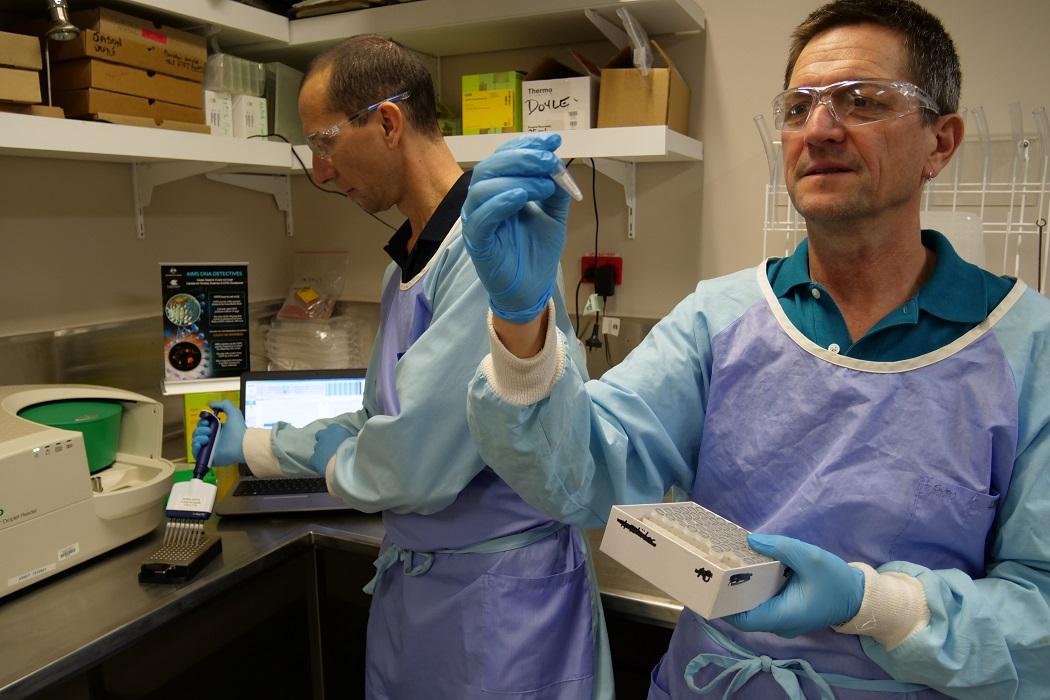Researchers at the Australian Institute of Marine Science have made a significant breakthrough in the war against crown-of-thorns starfish, on the Great Barrier Reef.
AIMS’ senior research leader Dr Sven Uthicke and biochemist Jason Doyle, along with echinoderm expert Dr Miles Lamare from the University of Otago, in New Zealand, have developed a cost effective method for detecting DNA of the coral-eating pest.
Dr Uthicke said the method would improve monitoring and early detection of the reef pest, also known as crown-of-thorns seastar, allowing reef managers to contain outbreaks sooner.
“It’s a genetic probe which we had developed to detect seastar larvae in plankton and we have been able to modify the method,” Dr Uthicke said.
“We have worked on this for the past three years, and we have been able to adapt this to make it more sensitive to detect adult crown-of-thorns seastar.”
Ecological monitoring has so far failed to detect early stages of an outbreak which has prevented timely intervention.
Dr Uthicke said the current method for detecting outbreaks were on-reef field surveys using divers but by the time these methods detect outbreaks, the outbreak is usually well established.
“Standard monitoring techniques only identify about 5 per cent of the pest on reefs, but this new method will allow us to clearly identify whether greater numbers are present,” Dr Uthicke said.
“It counts the number of gene copies in the sample of seawater from a reef using a novel technique called digital droplet PCR.”
During recent field work, using the probe on 11 reefs of the Great Barrier Reef, crown-of-thorns starfish DNA was detectable on those suffering outbreaks.
In contrast, crown-of-thorns starfish DNA was absent from ‘post-outbreak’ reefs after populations collapsed, and from ‘pre-outbreak’ reefs.
The fourth wave of outbreaks since the 1960s started around 2010 on Australia’s far northern Great Barrier Reef and has seen the significant loss of coral cover to the voracious appetite of the starfish, making it a major contributor to the coral reef crisis.
This outbreak has spread as far south as Townsville along the Great Barrier Reefs, and is expected to continue south.
This research project was partly funded by The National Environmental Science Program (NESP), the Great Barrier Reef Marine Park Authority and philanthropist Ian Potter Foundation.
The paper ‘eDNA detection of corallivorous seastar (Acanthaster cf. solaris) outbreaks on the Great Barrier Reef using digital droplet PCR’ is available online in the journal Coral Reefs.
Media enquiries:
Media officer Emma Chadwick
M: 0412 181 919
e.chadwick@aims.gov.au



